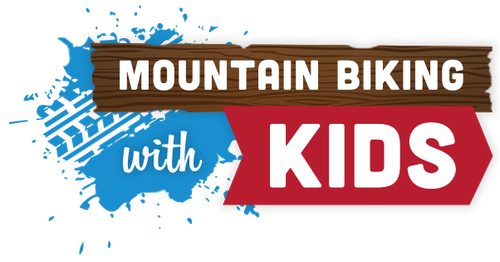Meet Allen Tran – Registered Dietician And High Performance Chef

I was super stoked to talk with chef Allen Tran, MS, RD, CSSD. Our family knows Allen because when he was a student at the University of Utah, he worked with my lovely wife Traci at the University’s College of Health. Last week, due to the coronavirus pandemic, Allen couldn’t find any rice at local stores, so he posted on Facebook that he would trade some home-grown sourdough starter for a large portion of uncooked rice. We were able to facilitate the trade and catch up.
Jump to: Allen’s background and career | Cooking and nutrition banter
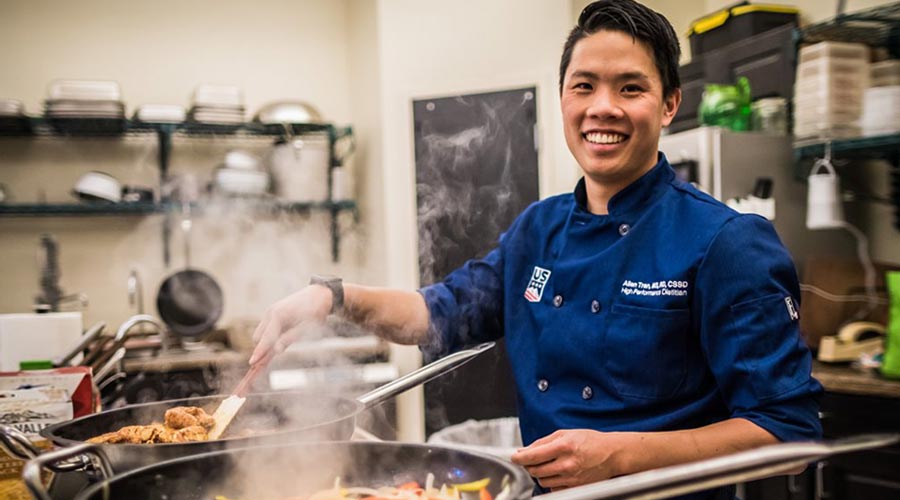
Allen’s first job following school in 2013 was working as Head Chef for the U.S. Ski and Snowboard Team based in Park City, Utah. He recently switched jobs and will be the Head Chef for the Boston Red Sox once Major League Baseball resumes.
We’ve been fortunate to interview some great athletes over the years and this chat is no different. Allen is at the top of food chain when it comes to offering practical tips for an important component of the mtb-lifestyle.
MTBK: Tell our readers a bit about who you are and what you do.
I grew up in a family that loves food – we were always cooking. Being Chinese-American we were mostly only cooking Asian food at home. I wanted to learn a little bit more or wanted to eat the western food that all my friends were eating. I watched a lot of Food Network growing up and so I learned how to dip my foot into the western cooking or European cooking kind of type stuff and cooked for my family there and that grew in the interest to initially pursue it in college. When I went to college, I worked at local restaurants to get actual experience but also took some classes in nutrition. After my first run in college, I worked in the restaurant industry for three to four years in Napa Valley where a lot of nice restaurants are. That was good, cool work, but you kinda get burnt out from the high end fine dining restaurants there. Anyway, I was a basketball player and soccer player in high school, swam for the swim team – lots of athletics. I lived in California, then got invited to go on a trip to Moab. I never mountain biked before, but I went out to Moab and did the Slickrock trail and the The Whole Enchilada. It was pretty cool to do that.
MTBK: What year was that? And what kind of bike did you have?
I had a 1996 Specialized Stump jumper that broke badly, and that didn’t have enough gears. I did this in 2009 or 2010.
MTBK: Kind of a late introduction to Moab.
For sure. And, we did all the mistakes. These were my high school childhood friends that got into mountain biking and they wanted to invite me into tag along. We went like in the middle of July in Moab, which was the worst decision ever. We drank all our water and still had an hour left before we finally got back to our car.
MTBK: That was just Slickrock?
Yeah, that was just Slickrock. Not really knowing, like balance on the bike and that kind of stuff, there’s some tricks to it for sure. But yeah, that kind of cultivated the love of the red rocks. And at that point, I was dabbling in wanting to go to grad school and I realized the University Utah had a great nutrition program specifically, a sports nutrition program. I could go to school there and be close to Moab, so it was pretty cool. I earned my MS in nutrition but then had to do some overlap of classes in the Exercise and Sports Science Departments. and that led me to use some hours at Peak and meet Traci. I worked with her for a short time before getting hired by the U.S. Ski and Snowboard Teams. I worked there from 2013 all the way up through the Sochi Olympic in 2014 and the Korea Olympics in 2018 doing a lot of work there from cooking directly to doing consults with the athletes and everything in between in terms of anything that’s really the food, supplements, fitness goals for athletes either building muscle or losing weight or iron deficiencies for the ladies anything that revolves around nutrition and performance with those athletes. As of two months ago, I got hired by the Boston Red Sox. That’s a completely different sport. Doing work there in terms of teaching those guys how to tie in their nutrition with what happens on the field and getting the most out of their time, and training and effort out there.
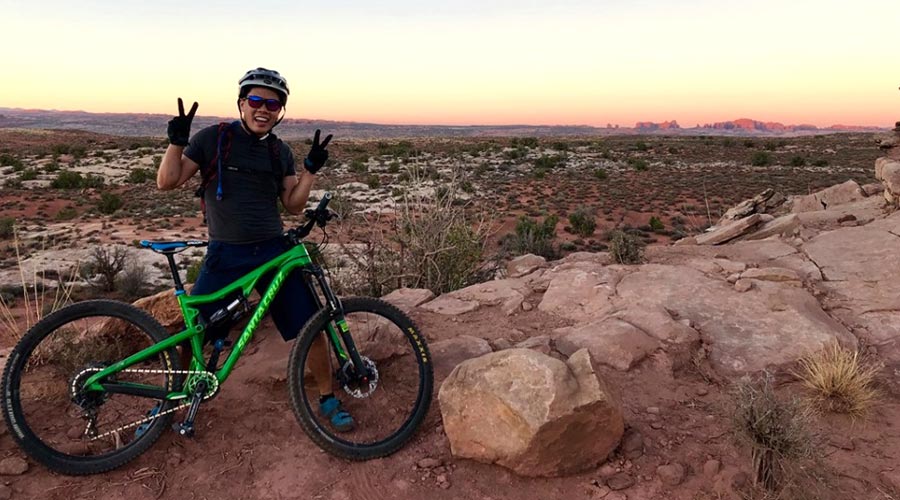
MTBK: Let’s back up a sec. And how in the world did you land your job with the U.S. Ski and Snowboard Team and what were your initial job duties and responsibilities? You said you were cooking a bit, but a lot of it was consulting.
Sometimes things just happen. I knew there was the facility up in Park City, the Center of Excellence where all the skiers train in the summer when they’re not skiing, getting healthy for the winter season. I just went up there just to see what they were doing. I met the dietician who was also a chef as well. He cooked and did a lot more stuff with the nutrition side, doing consults, kind of like what you would see in like a clinic. But what ended up happening was that after I got to see the facility and a couple weeks went by – it turns out that guy got hired by another team and he left. And so, that lead to a job opening and I had just about graduated then. It was perfect timing for me to come right in. And they also needed someone that not only knew the nutrition but also knew how to cook and able to practically manage kitchen. I had both that experience and I was able to hit the ground running.
MTBK: The baseball season isn’t underway yet due to the coronavirus. Have you cooked for the ballplayers beyond your tryout/interview meals?
I just happen to get hired right in the middle of the spring training. So, they’re not in Boston. They’re in Florida, where they do their spring training. I expected to come back to Boston and then start cooking with the team right around opening day, but opening day was right around the time when the outbreak really got really intense. So, things got put on hold. I’ve yet to cook for the players, except for the three that sat in on my interview to give their two cents. I haven’t really cooked for them yet. But I know I’m good. So, it shouldn’t be a problem.
MTBK: What do you do for an interview like this? I mean, do you supply a menu that could span a month, a couple weeks?
Ultimately, they wanted just four dishes that spanned my culinary perspective. The interview was basically, “Cook four things. You have four hours to do it. And the players will come in as well as the front office of management, and they’ll taste it and see what they think.” Which is ironically, what the ski team did as well. That time they didn’t tell me ahead of time. They just gave me an hour. They’re like, “Oh, yeah, just go in the kitchen and cook something and we’ll see how you handle yourself in the kitchen.” And I was like, “I’m wearing a suit right now. I didn’t really expect this, but whatever.”
MTBK: Do you recall what you made for both interviews?
The ski team didn’t really give me any preparation and they didn’t really have any ingredients in their kitchen. The previous dietitian had already left the team so there wasn’t really much except for basic snacks. I just made French toast with some yogurt and added fruit. It was something really quick but they liked it. For the Red Sox, it was it was more complicated. You have to be aware that the team is composed of athletes from all over the world. I had to make one dish that was specifically Latin- or Dominican-influenced and so I cooked some beans and rice as well as some braised pork. Another dish was a barbecue dish. It did with sweet potatoes and pulled pork. I did some salmon with asparagus. The last dish was Asian stir-fried beef and broccoli. I had a wide range of flavors that kind of gives my perspective, without being fancy at all. Because ultimately, it doesn’t really matter how fancy food is – most athletes just want simple food, done well.
MTBK: Was it the same with the ski team too? Because I’d imagine they may be a bit more well-traveled because a lot of the season is in Europe.
Yes. But specifically, when you think about it that way, when you go to Europe, you’re eating European food almost every day if you’re not getting food cooked for you. You get a lot of homesickness. It becomes more important to cook the basics. Their favorite meals were any type of Mexican. So, if I can do a rice bowl or I can get my hands on some tortillas, I can make burritos. That stuff was huge. And a lot of European food is not spicy at all so if I could bring over some hot sauce and some really spicy foods, that would be a huge hit.
MTBK: What do you think are going to be favorites with the ballplayers?
I think the ballplayers run on routines. A lot of athletes have a routine base in terms of preparing for practices and games; so, things are really simple sometimes. Given the options for those who are adventurous, they like Thai food, Indian or barbecue. Others may just have regular meat and potatoes, pasta and sauce, and veggies.
MTBK: Will you cook multiple dishes for one sitting?
Yeah because the team has about 40 players – and there’s different needs for different positions. A designated hitter who’s built to hit home runs. Then, there are the infielders who need to be quick and fast. And then you have the catchers and the pitchers who have to expend a lot of energy through the whole game. You have to give all of them the nutrients they need. For those that are doing a lot of work, they need a lot of carbs. For those that are trying to build muscle, they need a lot of protein. And those in the middle need something in the middle.
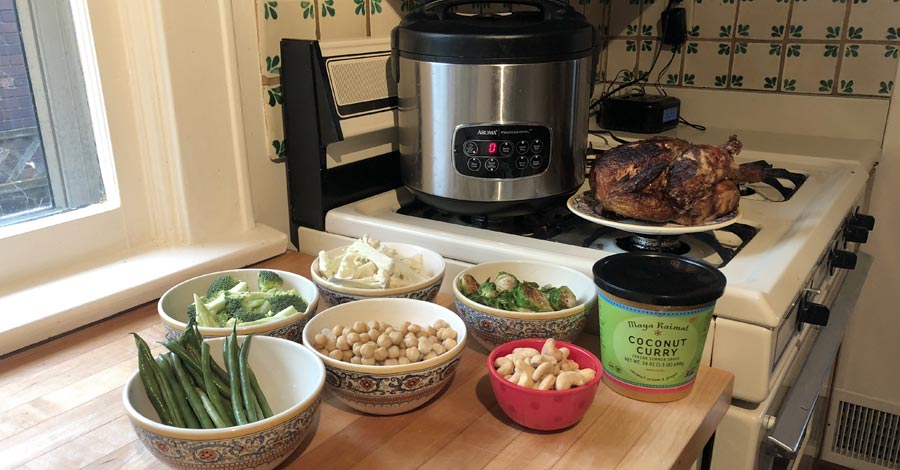
MTBK: Let’s move on to some stay-at-home topics. What’s the science behind why a good diet is important to your immune system other than just “healthy foods are good for you”. Can you explain why.
Healthy foods are good for you because your body has a lot of processes that are happening behind-the-scenes that you might not be aware of. For instance, your liver has to work, your digestive system has to work, your blood has to pump, your heart has to beat, your brain has to be functional. All that stuff has to work in the background. And in order for that to happen, you need fuel – just like putting gas in the gas tank. You can have an awesome car, but if you don’t have gas, you can’t even turn it on so that’s the basis of everything. And so, if you put in bad fuel you’ll get bad performance. And performance isn’t just like what happens out on the trails when mountain biking. It’s also about trying to be healthy, fighting off infection and living a good life.
MTBK: Are there any foods or meals that you think people should know about?
I think right now all kinds of pantry stuff is definitely trendy because people are stuck at home. There’s stuff like one pot pasta, which is pretty cool. Traditionally, you would cook pasta in a big pot of water where you’d have to wait for the water to boil. It takes a long time relatively. But you can put everything in one pan and a little bit of water. Because you use much less water, that water becomes really starchy and kind of thick. That becomes a sauce and then you put the veggies and the meat in there. They all kind of come together in one pot. And you only have to clean one pot, which is pretty cool.
MTBK: Do you have any tips for how families can begin to improve their eating habits and change the way they eat? Because now that a lot of people are spending more time at home together, this is the perfect time. Everybody in the family can be all-in.
It’s important to know that this is a skill that’s going be useful whether or not we’re quarantined – especially for younger families with kids. It’s a skill that your kids will use their whole life- through grade school, high school, college and beyond as a working adult. And so, all the stuff that is being learned in the kitchen right now – you can spin this in a positive way. This is what grandmas used to teach their grandkids in the kitchen. Maybe that doesn’t happen as much now in our modern times. But with this quarantine, we can turn the clock back a little bit and get this opportunity to cook together, learn how to hold a knife, use a knife, use a kitchen, use pots, pans and even like more technology now like instant pots and slow cookers and the oven and all that stuff getting hands-on in the kitchen. It’s a wonderful opportunity for everyone. The other thing is that it may seem overwhelming depending on where you’re coming from. So, if you don’t have a history of cooking a lot, then don’t get overwhelmed. Just find two or three basic recipes that you can perfect. And really, when you look at cooking skills and culinary skills in general, most recipes come from five or six fundamental skills.
You have to learn how to sauté. You have to learn how to braise. You should probably learn how to grill. Baking is its own little category if you want to go on to that. So, if you can perfect those skills, then you could pretty much spin that into any other kind of protein or any other kind of dish. That’s how I would start out. And if you’re overwhelmed from that, just choose to perfect pasta with meat sauce and veggies. Find some recipes online that don’t seem too overwhelming and try it out. I think the biggest thing with habit change, whether it’s cooking, exercising, or really doing anything, is that it might seem awkward at first. Learning anything new is awkward at first. There may be some mistakes. That’s fine. You still get to eat unless you really burn it. Don’t be afraid to make mistakes.
MTBK: I won’t ask to share your favorite recipes, but what are your trusted online cooking resources?
Everyone seems to have a blog these days and you could probably find a good recipe on anything. I cynically say that like everything’s already been blogged. Every idea has already been blogged and there’s some good and bad recipes, but I would trust the New York Times and America’s Test Kitchen, Food52, and Serious Eats. And on the YouTube side, there’s some good recipes from Bon Appétit. They have a really entertaining YouTube channel as well – super fun for the quarantine time. Binging with Babish. That’s a catchy title, but that guy is a pretty good cook and very good filmmaker.
New York Times – Cooking
Web: cooking.nytimes.com
Facebook: nytcooking
Instagram: @nytcooking
America’s Test Kitchen
Web: americastestkitchen.com
Facebook: americastestkitchen
Instagram: @testkitchen
Serious Eats
Web: seriouseats.com
Facebook: seriouseats
Instagram: @seriouseats
Bon Appétit – YouTube
YouTube: Bon Appétit
Facebook: bonappetitmag
Instagram: @bonappetitmag
Binging with Babish – YouTube
YouTube: Binging with Babish
Facebook: BingingWithBabish
Instagram: @bingingwithbabish
Food52.com
Web: Food52.com
Facebook: food52
Instagram: @food52
MTBK: Do you have any suggestions for simple, healthy meals that kids will actually eat and enjoy?
Healthy doesn’t have to mean “not tasty.” Use our melting pot. People want to eat Asian food, Thai food, Mexican foods, barbecue, southern food, all that stuff. All those things can be kind of turned into some meals that seem appealing especially for those that are a little more adventurous. Earlier when I talked about by cooking demo, most people are pretty familiar with stir fry, but stir fry can be as simple as one veggie, one protein and then over rice with a good sauce. It’s pretty simple and you swap in whatever you’d like. Put beef in there, you can put chicken in there or you can go vegetarian and put tofu in there. And the sauce – there’s a lot of convenient shortcuts that are targeted for busy people in the grocery store. Teriyaki sauce can be put really on anything stir fried and it’s good. You want to do Indian food? There’s similar sauces that have everything that you need. Just dump it in there and simmer up. You have either Thai or Indian food right there. As long as the ingredients have some protein components and some sort of veggie component, that’s an excellent way to start.
MTBK: Do you have suggestions for replacing foods high in carbs because a lot of us haven’t been very active over the last few weeks?
It’s a sliding scale based on your activity. If you’re doing a really long bike ride, you need a lot of carbs and a lot of fast burning carbs. If you’re not doing as much activity, then you don’t need as much or you shift towards whole grain, high fiber foods that have a little bit more slow burning effects. If you’re not doing as much then you can either directly replace the amount of carbs that you’re eating with hopefully a larger portion of veggies or fruits that have fiber in there. Or, you could swap out potatoes for sweet potatoes. Replace brown rice fore white rice or use whole wheat bread instead of white bread.
MTBK: People are trying to limit trips to the store. What are some vegetables that will stay fresh longer?
Brussel sprouts, carrots, broccoli, cauliflower, all those things stay fresher longer. You can even make things that spoil faster last longer if they’re wrapped in a paper towel and then put in a bag that keeps it from getting too wet. That is what accelerates it getting spoiled. Do this with spinach, Swiss chard, any of the leafy vegetables. Take a paper towel, wet it, wring out most of the excess moisture and then kind of roll like a burrito. Then put it in whatever plastic bag it was already in. And so, that would kind of keep it humid in that little tiny bag environment but also be careful it is not too soggy. You want it to kind of be humid, but not wet. Peppers are also fresh vegetables that stay fresh pretty long as long as you don’t cut them. Frozen vegetables are a great nutrition-wise. They’re basically the same as fresh. You can get frozen vegetables of all different kinds from asparagus, artichoke hearts, all that kind of stuff that can be frozen.
MTBK: What spices do you recommend to have in every kitchen?
Cajun seasoning is pretty versatile. You can put it on veggies. You can put on potatoes when you roast them; eggs in the morning. Chili powder or Mexican inspired spice is very good for obviously making Mexican food. You make a fajita with just onions, peppers and some sort of protein, dump in some taco seasoning or chili seasoning and you basically have the beginnings of a rice bowl right there. You can have a curry powder, which is pretty basic. But I think those simmer sauces are really easy for those that. Simmer sauces for the Indian food as well as Thai food. Those both exist out there and those are really easy for the busy or kind of beginner level cook. On the Asian side, teriyaki sauce is kind of all-in-one. While you’re cooking, just taste your food along the way to see if it’s on track for it to taste good. I think that’s the biggest tip for anyone cooking, just taste the food before your serve it. Once you serve it, it might be too late to adjust it.
MTBK: What’s the nutritional magic behind beans and rice?
Without getting too deep into science, proteins are made of amino acids. If you think of proteins as words, amino acids are the individual letters. Animal proteins have all the letters that you need for a complete protein. In our example, beans have half of certain letters and rice have certain letters. When you combine them together, you get a full word. So, if you think of alphabet and words, that’s the magic right there. This is why many countries around the world have staples of beans and rice. In the Latin community, they eat pinto beans and black beans with rice. In India and the Middle East, you have chickpeas and rice. In Asia, you obviously have soy beans and rice. In Southern cooking, you have jambalaya.
MTBK: What are the benefits of cooking with olive oil versus trans fats.
Olive oil is one of the best foods for heart health. There’s healthy fats and then there’s not so healthy fats. Olive oil you put in that healthy fat kind of category, especially if it’s extra virgin kind. And canola oil is probably also in that healthy side. You want to avoid trans fats, shortening or margarine. That kind of stuff is not so good compared to the olive oil, canola oil to some degree, coconut oil. And then if you’re going to have butter at least have like grass fed butter versus just the normal butter you might find in other grocery stores.
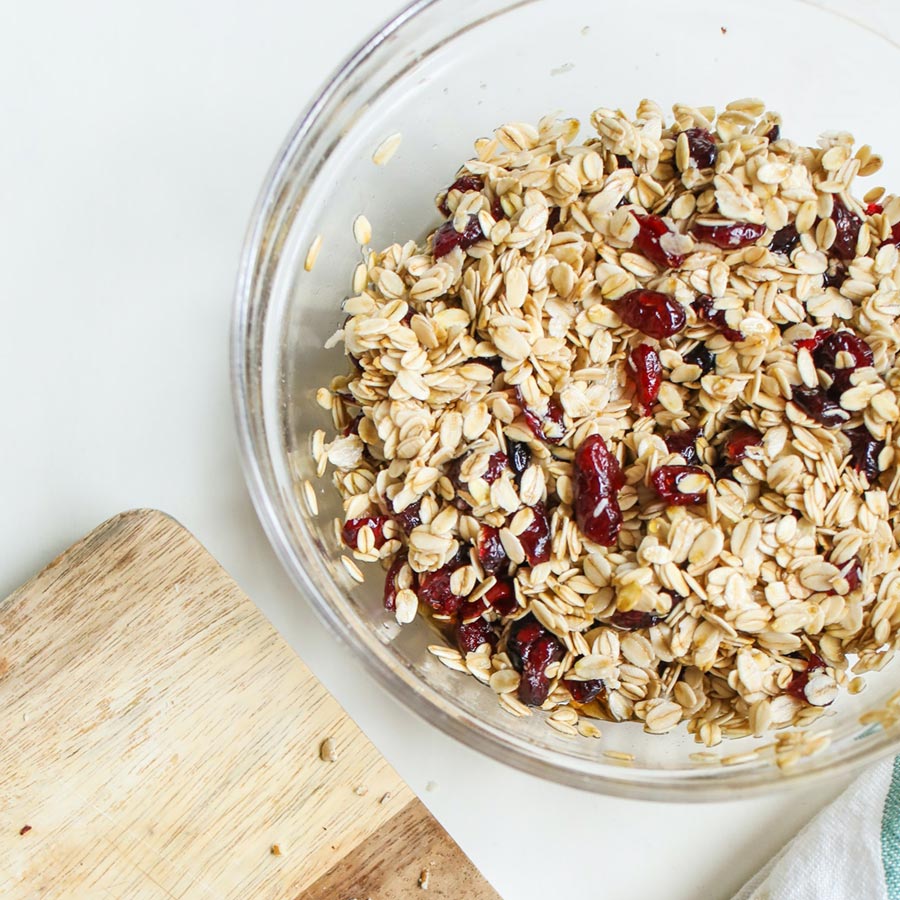
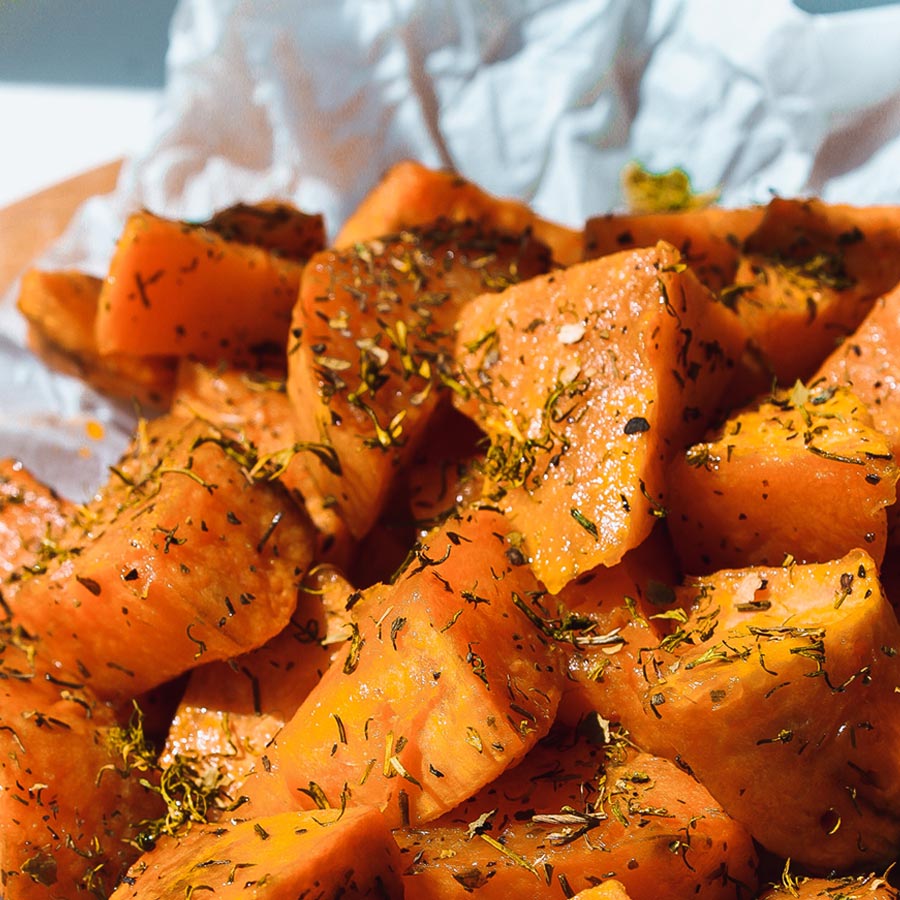
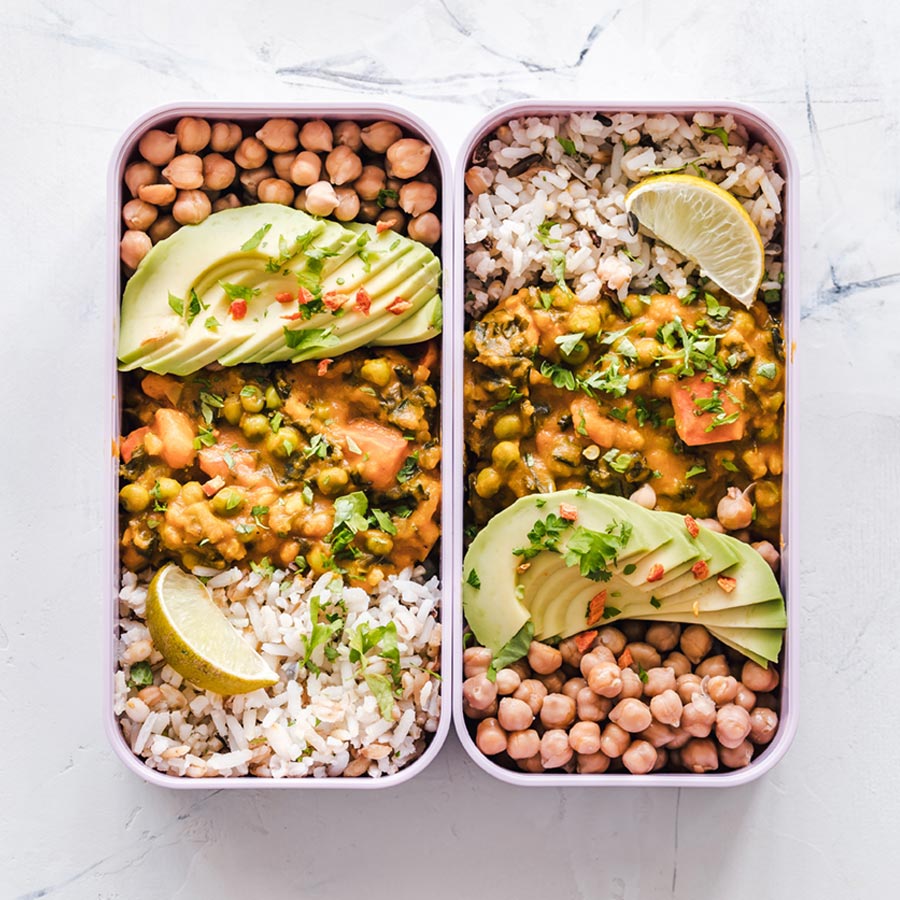

MTBK: Talk about fish for a moment and why wild caught seafood may be preferable to farmed.
Healthy fats are in salmon, sardines and anchovies. But salmon in particular has healthy fats that are really good for the heart as well as the joints. For young people [like a toddler], the healthy fats is salmon are important for your brain and eye development. Those fats are in wild caught seafood in bigger quantities than farmed. And if you have the choice, wild caught is good. Farmed is fine as well. It’s not the end of the world if you’re eating farmed Atlantic salmon. It’s still a healthy protein. But you might not get as many of those healthy omega three fats from farmed fish.
MTBK: What about snacks when people are out riding bikes? Do you have any go-to favorites that you buy from the store or make at home?
You have convenient foods like Clif Bars, ProBars, and the Honey Stingers. All that stuff is convenient because it’s in a package, it’s not going bad; it’s not going to melt like a candy bar would. Other favorites are just whole foods that again won’t go bad or smush in your bag. A banana by itself it might get smushed. But if you take an apple that’s probably okay. A cutie oranges or a clementine work too. There’s a reason why trail mix is so popular. Trail mix has the nuts which has the healthy fats and the protein and the dried fruit which is the carbs. It’s affordable, it’s dried and tastes good, and doesn’t take up too much space.
MTBK: Did you prepare home-made snacks for the ski team?
Granola was a favorite. I would make from scratch because it had a higher amount of nuts. And that became their trail mix. It’s fun to make, and it makes the entire house smell good.
MTBK: What about energy drinks and how they affect a younger person. Can you offer an opinion on those products?
The problem with energy drinks is the caffeine. I don’t think young kids are drinking a lot of coffee or espresso shots, but you’re getting the same amount in these energy drinks. Most kids have pretty high energy without them. When you add artificial energy, it may become hard to focus mentally. But when you come down and when the caffeine wears off, then you’re like in this state where you can hit this wall and bonk. Many athletes don’t use the energy drinks who sponsor them. When you see them on tv, they actually get what they call “blanks”, which are filled with water. So, it’s one thing to get the sponsorship, but they’re not really using the product.
MTBK: Is there anything else you’d like to say regarding food, nutrition and mountain biking?
There’s all kinds of different mountain biking. You have the endurance athletes riding cross-country and then there’s the gravity riders that wanna just huck it. But at the end of the day, you want to ride at your best and it’s important to fuel. I think a lot of times people don’t bring enough with them or take enough breaks to eat before they hammer. It might be okay for the first hour or two, but if you have a long ride, you have to think about fueling right from the get-go and having a good breakfast even before you even get on the saddle.
MTBK: Traci recognized pretty quickly that when we introduced mountain biking to the kids, it’s not our ride. It’s about the kids – it’s their ride. Every few minutes, when they wanted to stop for a break and have a snack, you do it.
It’s definitely a long-term investment that leads to happiness. There’s no more hitting the blacks. It’s about making sure the kids have a good time.

